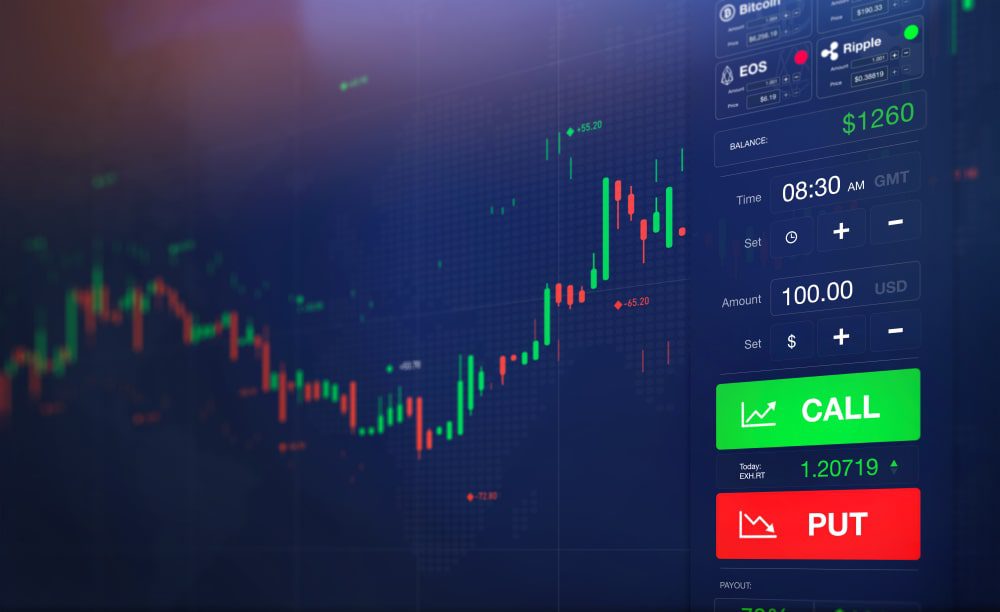
In the UK, there are two types of options – call options and put options. A call option is a contract that gives the holder the right to buy a particular asset at a specific price on or before a certain date. A put option is an opposite – it gives the holder the right to sell an asset at a specific price on or before a certain date. This article will explain these contracts and how traders can use them.
What are call and put options in the UK?
A call is a contract that gives the holder the right to buy an asset at a specific price on or before a certain date. The buyer of a call option pays a premium to the seller for this right. If the asset price increases, the buyer can exercise their option and buy the asset at the agreed-upon price. If the asset price goes down, they can choose not to exercise their option and let it expire.
A put is a contract that gives the holder the right to sell an asset at a specific price on or before a certain date. The buyer of a put option pays a premium to the seller for this right. If the asset price decreases, the buyer can exercise their option and sell the asset at the agreed-upon price. If the asset price increases, they can choose not to exercise their option and let it expire.
Traders often use options to protect their investments from market fluctuations. For example, if a trader is holding a stock that they think might go down in value, they could buy a put option to hedge against this risk.
Call and put options can also be used to speculate on the market’s future direction. If a trader thinks that the cost of an asset will go up, they could buy a call option, and if they think it will go down, they could buy a put option.
How do you purchase a call or put an option in the UK?
To purchase a call or put option, you must find a broker that offers this service like Saxo Capital Markets. Many online brokers offer options trading, so finding one should not be too difficult. Once you have found a broker, you must open an account and deposit funds.
Once your account is funded, you can start trading options. To buy a call option, you will need to choose the asset you want to purchase, the strike price (the price at which you can buy the asset), and the expiration date (the date on which the option expires). You will also need to pay a premium for the right to purchase the asset.
To buy a put option, you will need to choose the asset you want to sell, the strike price (the price at which you can sell the asset), and the expiration date (the date on which the option expires). You will also need to pay a premium for the right to sell the asset.
It is important to note that options are not tangible assets but contracts that give you the right to buy or sell an asset. As such, you will never actually own the asset but only have the right to purchase or sell it.
What is the difference between a call and a put?
The main difference between a call and a put is how you predict the market will move. A call option is purchased if you think the asset price will go up, while a put option is purchased if you think the asset price will go down.
Another difference is that a call option gives you the right to purchase an asset, while a put option gives you the right to sell an asset. It means that if you exercise your option to buy an asset, you will need to find someone willing to sell it to you at the strike price. Similarly, if you exercise your option to sell an asset, you will need to find someone willing to buy it from you at the strike price.
Finally, it is essential to note that options are not tangible assets but contracts that give you the right to buy or sell an asset. As such, you will never actually own the asset but only have the right to purchase or sell it.





More Stories
News Aggregators: Problems and Solutions
Why You Need to Keep Apprised of Local Business News
How to Determine the Profitability of a Franchise Opportunity